Rib Flare
Rib Flare
If you’ve ever felt self-conscious about your rib flare, or wondered what you could do to conceal it, then this blog post is for you.
We’ll discuss the causes of rib flare and provide a comprehensive guide to hiding or minimizing its appearance.
So whether you’re looking for tips on clothing choices or exercises to help flatten your stomach, read on for all the details!
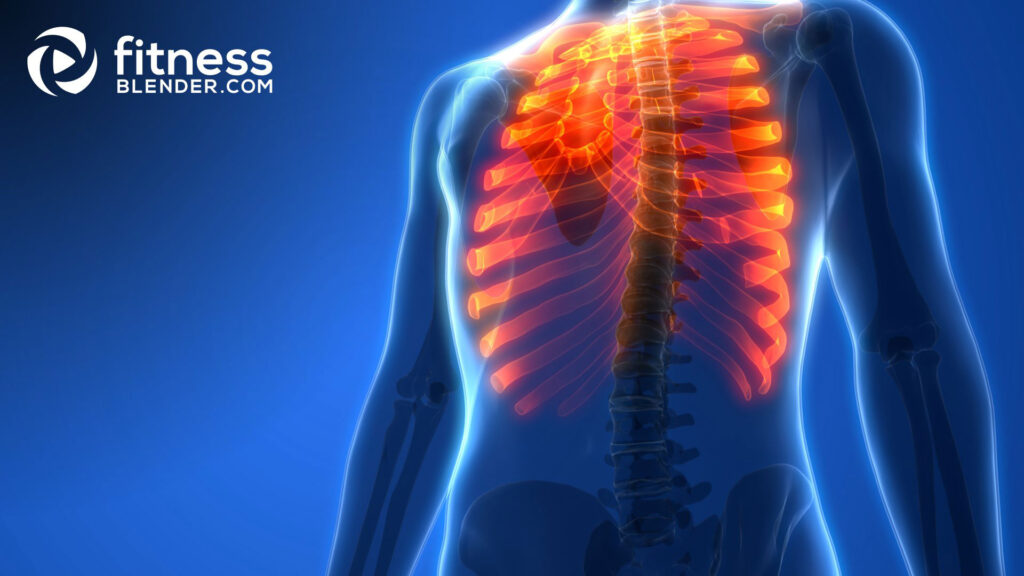
Rib flare: An Overview
A rib flare is a type of postural distortion that can occur when the rib cage protrudes outward beyond the natural curvature of the spine.
This gives the appearance of a “flared” or “pushed out” chest, and can often be accompanied by an increased arch in the lower back.
Rib flare is most commonly seen in people who have a significant amount of excess weight around their midsection, as this can cause the abdominal muscles to weaken and allow the rib cage to protrude.
Additionally, pregnant women and those who have recently gained or lost a significant amount of weight may also be susceptible to developing rib flare.
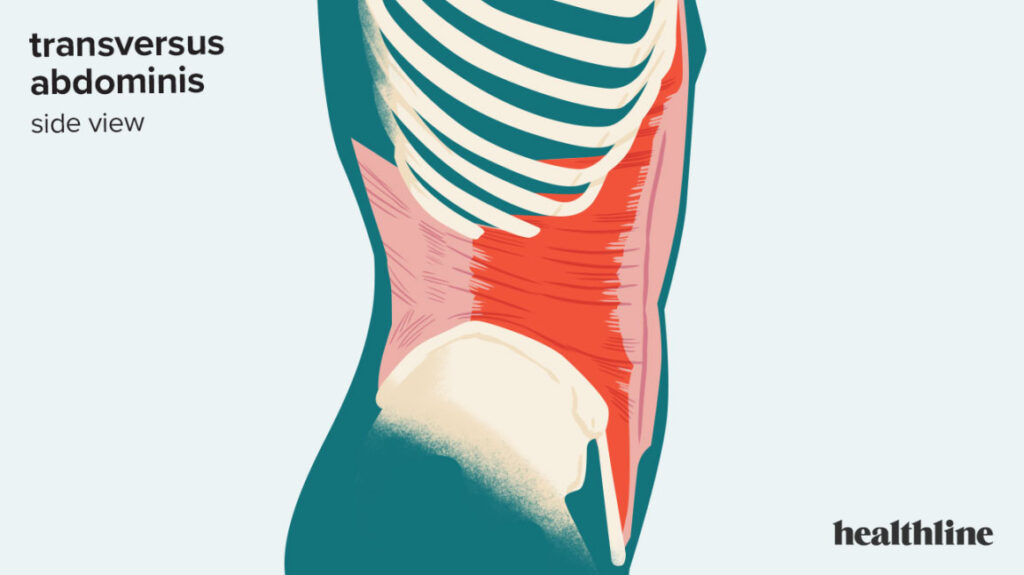
Causes of Rib Flare
There are several potential causes of rib flare. We’ll discuss each one below:
Poor Posture:
One of the most common causes of rib flare is poor posture. When you sit or stand with poor posture, your shoulders rounded forward, and your chest caves in.
This results in a rib positioning that is unnatural and can cause them to flare out.
Injury:
Another potential cause of rib flare is injury. If you’ve suffered a blow to the chest, it can cause your ribs to flare out.
Additionally, certain medical conditions (such as scoliosis) can also cause your ribs to flare out.
Weakness:
If you have weak abdominal muscles, it can cause your ribs to flare out. This is because your abdominal muscles help to support your lumbar spine and keep your posture upright.
When they’re weak, they can’t do their job properly, and your ribs may flare out as a result.
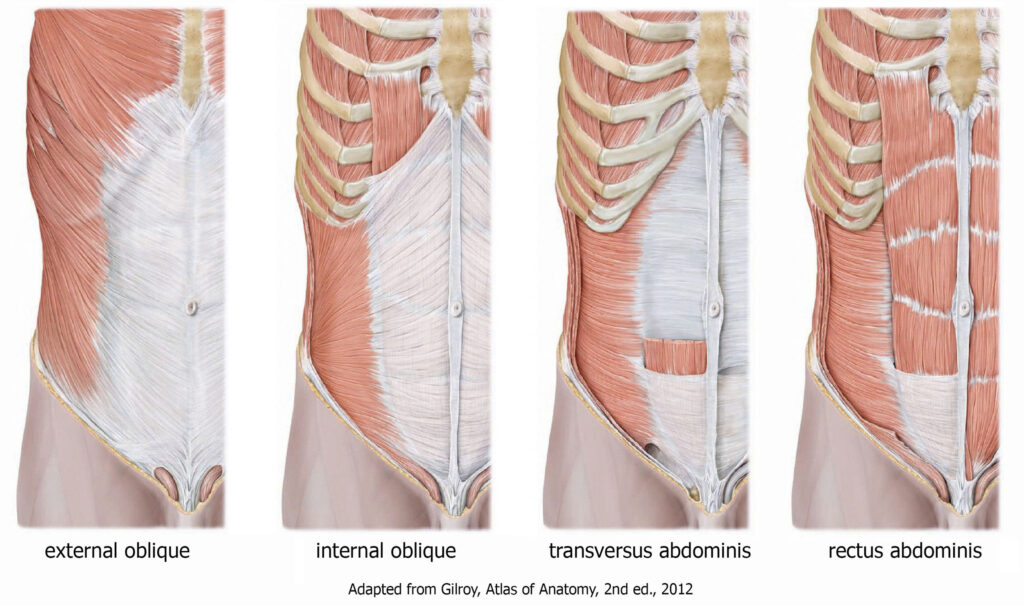
How do you know if you have a rib flare?
Posture:
One way to tell if you have a rib flare is by your posture.
If you have a forward head and shoulders, and your back rounds when you stand up, this can be a sign that your ribs are flared.
Range of motion:
Another way to tell if you have a rib flare is by your range of motion.
If you can’t touch your fingers to your toes, or if you have trouble taking a deep breath, this may be a sign that your ribs are flared.
Activity level:
If you find that your rib flare bothers you more when you are active, this is another sign that you may have a rib flare.
Pain:
One of the most common signs of a rib flare is pain.
If you experience pain in your back or chest, it may be a sign that your ribs are flared.
If you think you may have a rib flare, it’s important to see a doctor or chiropractor to get an accurate diagnosis.
Diagnosis for Rib Flare
A rib flare is often diagnosed based on a physical examination and a review of your medical history.
Your doctor may ask you about your symptoms and how long you’ve been experiencing them.
He or she will also likely palpate (touch) your lower ribs to see if they are tender or if there is any evidence of muscle spasm.
In some cases, your doctor may order imaging tests, such as X-rays or an MRI, to identify a problematic rib angle.
If you think you may be experiencing rib flare, it’s important to see your doctor for an accurate diagnosis and to discuss treatment options.
With proper care, most people are able to find relief from their symptoms and live relatively normal lives.
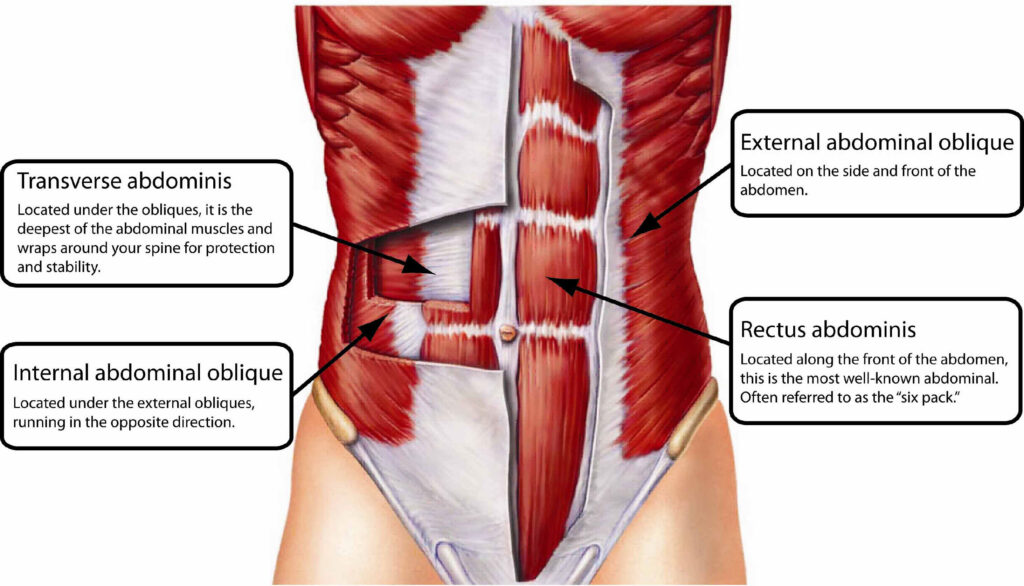
Treatment for Rib Flare
Treatment for flared ribs typically focuses on relieving pain and restoring normal range of motion to the affected area.
Treatment options may include physical therapy, stretching exercises, massage, heat or ice therapy, and over-the-counter pain medications.
In some cases, your doctor may also recommend corticosteroid injections or surgery to fix rib flare and release the affected muscles.
If the rib flare is caused by a muscle imbalance, then the best course of action is to correct this imbalance.
This can be done through a variety of means, such as stretching and strengthening exercises, massage, and/or chiropractic adjustments.
If the rib flare is due to tightness in the chest muscles, then releasing this tension will help to alleviate the condition.
This can be done through self-massage, stretching, or seeing a professional for massage or chiropractic treatment.
If the rib flare is being caused by an issue with the spine, such as a pinched nerve or herniated disc, then it is important to seek out medical treatment in order to correct this problem.
This may involve physical therapy, chiropractic care, or surgery.
No matter what the underlying cause of your rib flare is, there are several things that you can do in order to find relief and correct the condition.
If you are unsure of what is causing your pain, it is always best to consult with a medical professional in order to get an accurate diagnosis and create a treatment plan that is right for you.

Rib flare prevention tips
1. Improve your posture.
Poor posture is one of the leading causes of rib flare, so it’s important to focus on improving your posture if you want to prevent this problem.
Try to keep your shoulders back and down, and maintain a neutral spine position.
2. Strengthen your core muscles.
Strong core muscles help to support the spine and improve posture. Focus on exercises that target the abs, obliques, and lower back muscles.
3. Stretch your chest muscles.
Tight chest muscles can contribute to rib flare, so it’s important to keep them flexible. Try doing some gentle chest stretches several times per day.
4. Avoid high-impact activities.
Activities that jar or jolt the spine can worsen rib flare, so it’s best to avoid them.
If you must do these activities, be sure to wear supportive gear, such as a back brace.
5. See your doctor if the pain persists.
If you’re still experiencing pain after trying these self-care measures, see your doctor.
Your doctor may recommend additional treatments, such as physical therapy or medication.
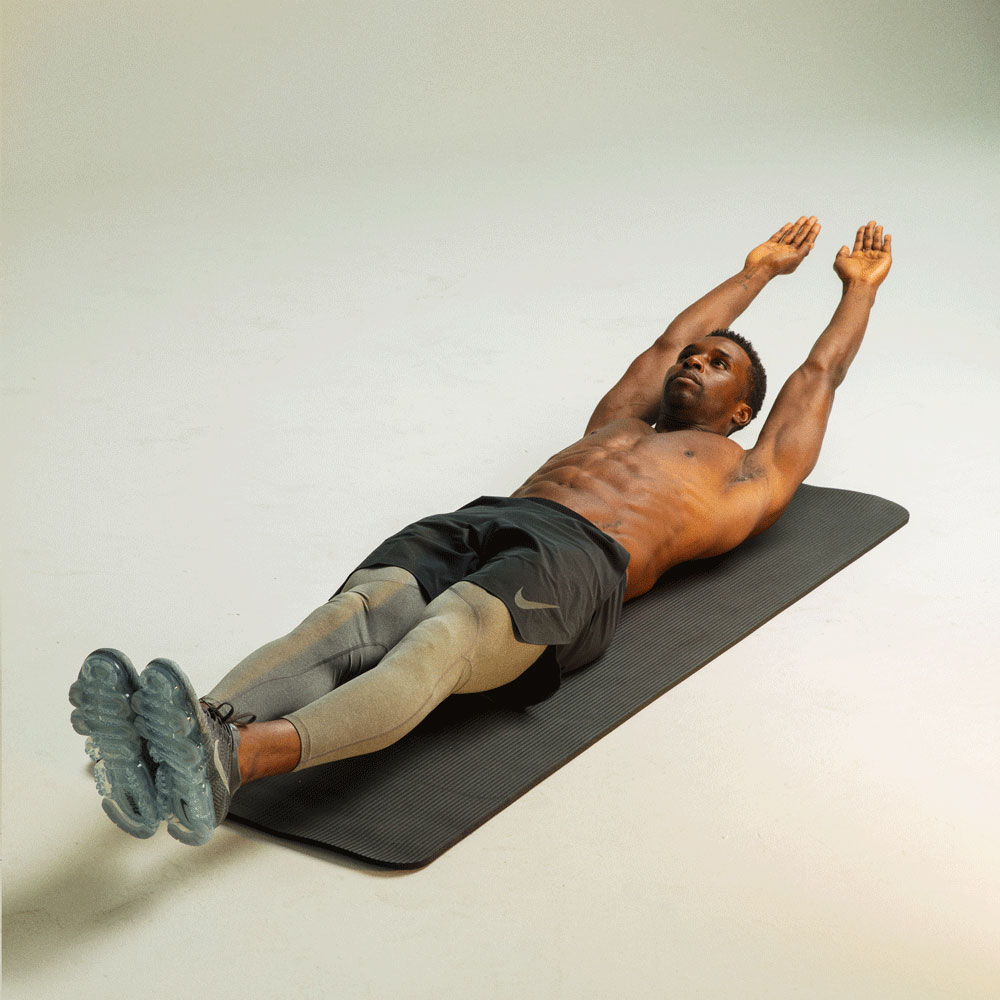
When to see a doctor about rib flare
If you experience a rib flare regularly, it is important to see a doctor. This is especially true if the pain is severe or if you are having difficulty breathing.
There are a number of potential causes of rib flare, and a doctor can help you determine the cause and develop a treatment plan.
Additionally, if you have any other symptoms that are accompanying the rib flare, such as fever, chest pain, or shortness of breath, you should see a doctor right away.
These could be signs of a more serious condition and require prompt medical attention.
How to make sure that your rib flare is not visible?
If you have a naturally pronounced rib flare or your waist is on the wider side, chances are that you want to make sure that this area is not visible.
Here are some tips on how to do just that:-Choose clothing that is not too tight in the waist area. This will help to camouflage any flares and prevent them from being too noticeable.
-Wear tops that are long enough to cover your waist. This will help to create the illusion of a slimmer waist and will also help to hide any unwanted bulges.
-Avoid wearing belts. Not only will this help to draw attention to your waist, but it will also make any flares more pronounced.
-Opt for dark-colored clothing. Light colors will only make any flare more visible, so it’s best to stick to darker shades.
-Wear Shapewear. This is a great option if you want to create a smoother silhouette.
It will help to hold in any unwanted bulges and will also help to minimize the appearance of your rib flare.
By following these tips, you can rest assured that your rib flare will not be visible. So go ahead and rock that figure with confidence!

Exercises to prevent Rib Flare
There are many ways to prevent rib flare, but one of the most effective is through exercise. Below are three exercises that can help to improve your posture and alleviate pain.
- The first exercise is called the “cat-cow.” Start on your hands and knees with your thoracic spine in a neutral position.
As you inhale, arch your back and tilt your head up to the sky, allowing your stomach to sink towards the floor.
As you exhale, round your back and tuck your chin towards your chest. Repeat this movement 10 times.
- The second exercise is an anterior tilt. Start by lying on your back with your knees bent and feet flat on the floor.
Place your hand on your stomach and slowly lift your head and shoulders off the ground, using your abdominal muscles to curl your body up into a small curl.
Hold this position for five seconds before returning to the starting position. Repeat 10 times.
- The third exercise is a side-lying windmill. Begin by lying on your right side with both legs extended straight out in front of you.
Rest your right arm on the floor in front of you or place it behind your head.
Slowly lift your left leg up towards the ceiling as you reach your left arm overhead and across your body, keeping both arms straight.
Return to the starting position and repeat on the other side. Do 10 reps on each side.

Frequently Asked Questions about Rib Flare
A rib flare is a condition characterized by the widening of the space between the ribs. This can lead to pain and difficulty breathing. When you reach your arms overhead, you may feel like your ribs are sticking out more than usual. Flared rib is the name given to a type of muscular prominence in which the lower section of your rib cage protrudes forwards and outward. The rib cage flares when the linea alba, a tough, fibrous band that runs vertically along the center of your abdomen, is overstretched. muscles, such as sit-ups and crunches.
There are several possible causes for your right of left rib cage poking out, including:
– Obesity
– Pregnancy
– Poor posture
– Weak abdominal muscles
Your doctor will likely ask about your symptoms and medical history.
They may also perform a physical exam on the right or left side of your abdomen.
Imaging tests, such as X-rays or MRIs, may be ordered to rule out other conditions.
Treatment for your ribs sticking out will vary depending on the underlying cause(s). Some possible treatments include:
– Losing weight
– Exercising
– Wearing a supportive brace
– Undergoing physical therapy
If left untreated, right or left rib flare can lead to difficulty breathing and chronic pain.
Maintaining a healthy weight and practicing good posture can help prevent the development of rib flare. Rib flare exercises can also help avoid the problem.
Have you been injured at some point in your journey?
Are you not achieving your highest level of function?
We’ve helped hundreds of people at all walks in life
get back to performing their best painfree!
3 Ways to Level Up Your Rehab and Injury Prevention With Us




